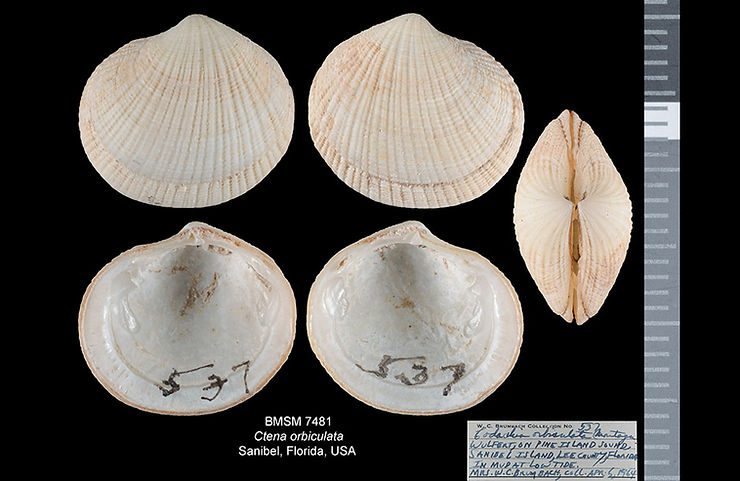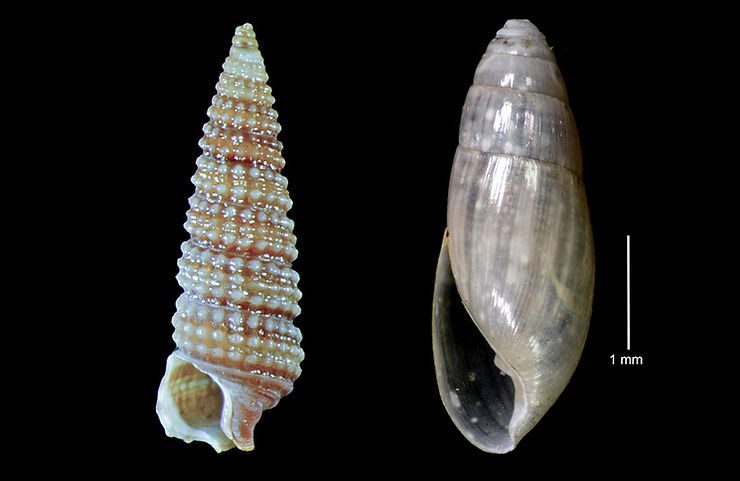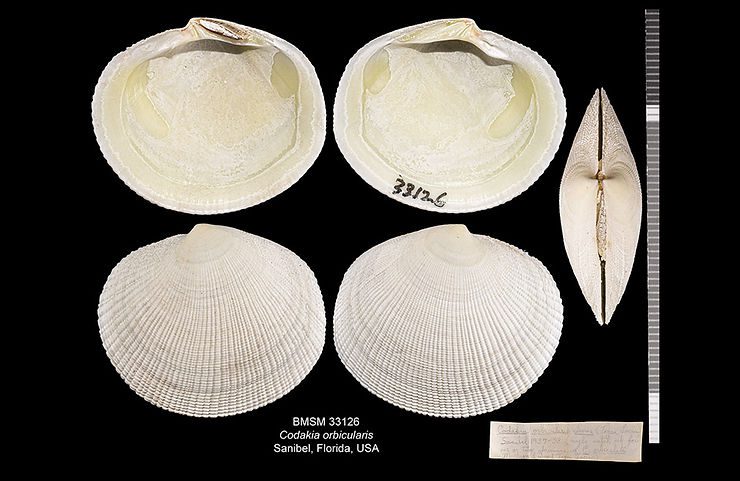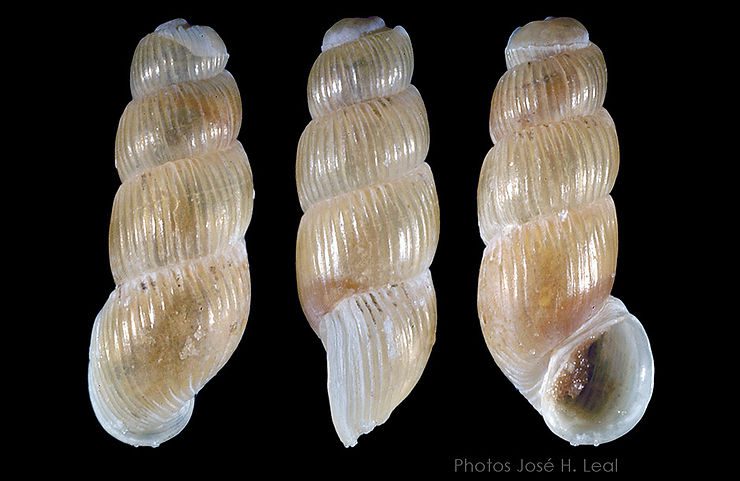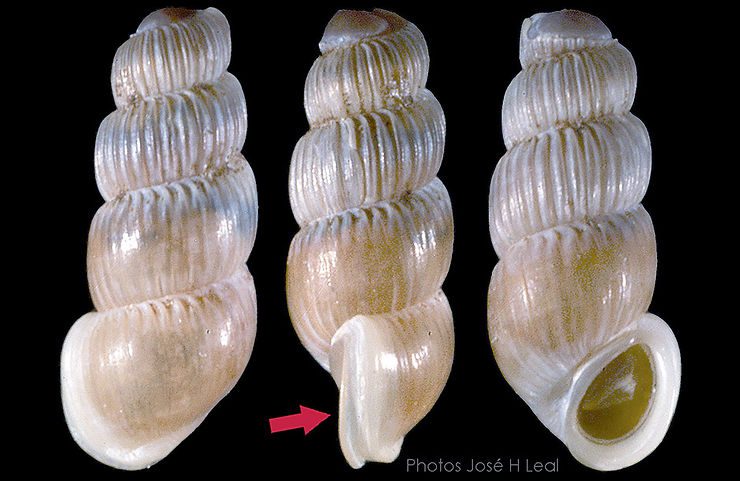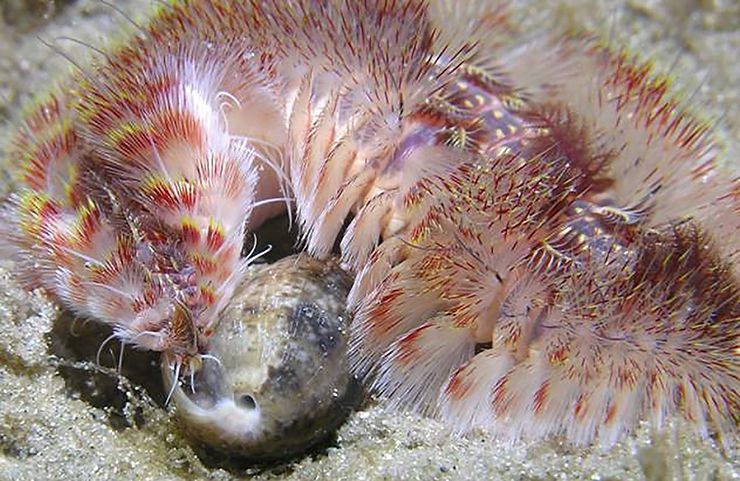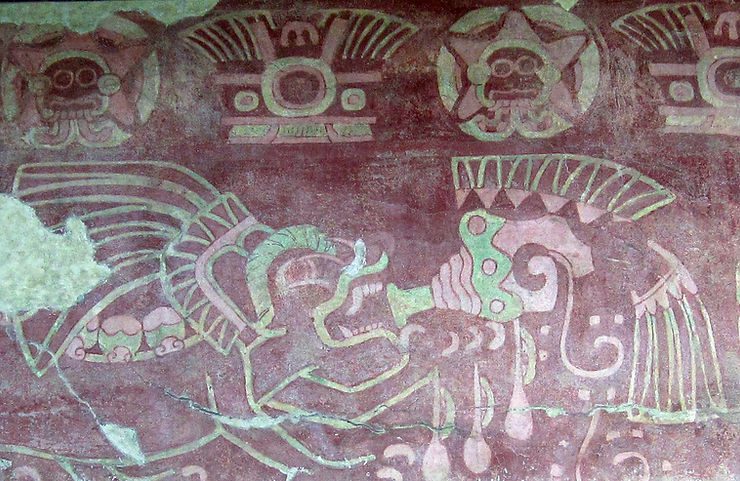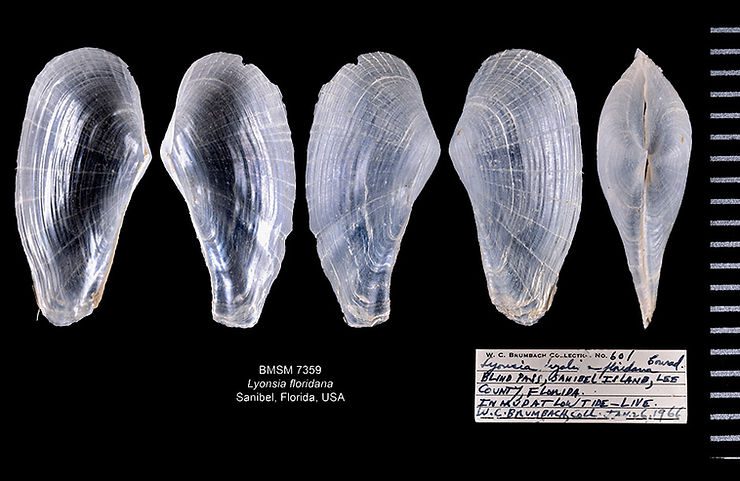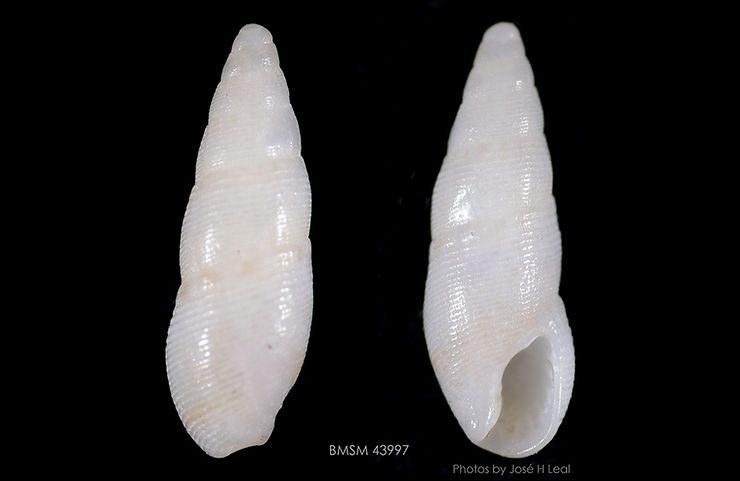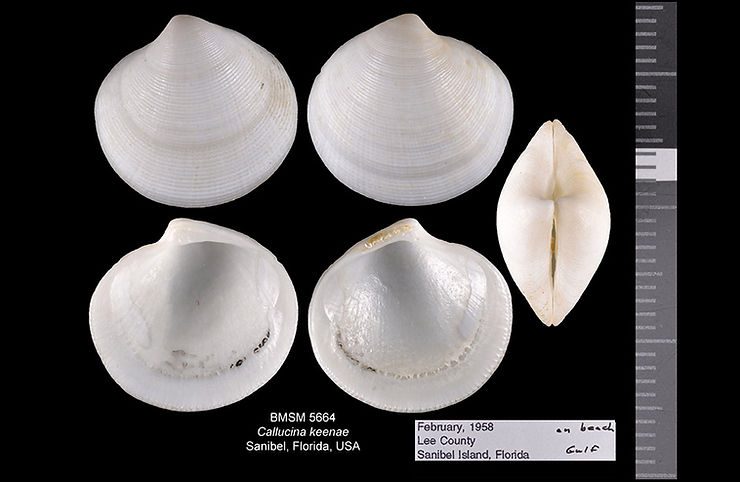
Shell of the Week: The Dosinia-like Lucine
Callucina keenae (Chavan, 1971) is another local member of the family Lucinidae. The species was named after the late West Coast malacologist Angelina Myra Keen. Its common name evokes a superficial similarity to species in the genus Dosinia, in particular the pure white color, glossy shell surface, and presence of well-defined commarginal (“concentric”) ribs. True Dosinia species, however, are members of the venus clams family Veneridae, which can be separated by the arrangement of hinge teeth
